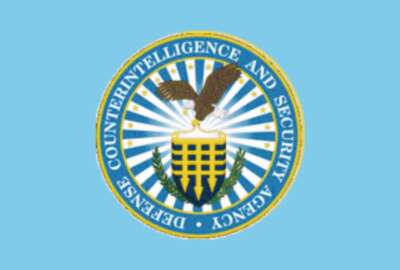USAID using childcare subsidy as another way to retain employees
The U.S. Agency for International Development has joined more than 30 other agencies in offering a childcare subsidy for lower-income employees. The program has...
wfedstaff | June 4, 2015 5:47 pm
This story was updated at 11 a.m. Feb. 24, 2012.
The U.S. Agency for International Development has joined more than 30 other agencies in offering a childcare subsidy for lower-income employees as part of a new benefits package designed to improve employee satisfaction and retention.
“In development, we’re taking care of the world and we’re not taking care of ourselves,” said USAID Senior Advisor for Staff Care Bernadette Mitchell. “This is to try to get us to take care of ourselves so we can, in fact, be the support we need to be in the development community writ large worldwide.”
USAID ranked fourth from the bottom in the Partnership for Public Service’s most recent “list of best large agencies to work for, which indicates that employees are not satisfied with the status quo.
“We have a workforce that is operating increasingly in high-threat environments in very difficult places,” Mitchell said. “And employees back here in headquarters are dealing with a range of pressures and issues.”
“The agency’s objective is to insure that it has a 21st-century work environment where staff feels valued and employees are resilient,” she said.
The subsidy has been available to agencies for nearly a decade, but it isn’t mandatory. Agencies may choose to offer it to lower-income employees using appropriated funds, including money otherwise available for salaries, according to the Office of Personnel Management.
Mitchell said she expects the new benefits to help USAID compete for employees with related agencies, like the State Department, which has offered the childcare subsidy for years.
“Their numbers are pretty good. They’re in the top ten,” she said. USAID also has a financial incentive to offering what may seem like a fringe benefit.
It spends up to $250,000 to recruit, hire and train a new professional, according to the Federal Employees Education and Assistance Fund, whose subsidiary FEEA Childcare Services is managing the program for USAID and nine other agencies. The subsidy program will cost the agency less than that, FEEA executive director Steve Bauer said in an interview with Federal News Radio.
“If that retains one professional employee that would end up being posted overseas, they’ve already saved money,” Bauer said. “Retention of employees is number one right now.”
USAID’s program, which launched this month, is available only to employees in the United States. The agency plans to offer it to workers abroad after receiving further guidance from OPM on licensing childcare providers overseas and other outstanding issues, he said.
“USAID is committed to expanding this program worldwide. Employees overseas have a lot of family issues,” he said. “They think this is going to go a long, long way to improving employee satisfaction for those posted overseas.” If all goes well, he added, the State Department may follow suit. It also contracts with FEEA Childcare Services.
“In many cases, this is the only way that a single parent with two young children could afford to work for the federal government,” said Bauer.
Federal human resources leaders are most concerned about retaining good employees in the face of lower budgets and pay freezes, according to a ” target=”_blank”>survey found that the pay freeze and threats to further cut benefits and programs had damaged federal employees’ morale.
At the same time, more feds are grappling with financial problems. FEEA has experienced a doubling over the past two years in requests for its emergency small loans, Bauer said.
More applicants are seeking help paying for childcare costs, which have risen despite the poor economy, he said.
Nonetheless, Bauer said, FEEA has not been contacted by other agencies looking to offer the childcare subsidy.
“I think a lot of agencies are figuring out how they’re going to survive and how many people they’re going to lay off,” he said. “They’re not paying attention to this type of thing — what can we do to help improve employee’s satisfaction, commitment to our agencies and our efficiencies.” That’s a mistake, he said.
Bauer cited results of a 2006 survey that the National Institutes of Health conducted on employees who used their childcare subsidy. The evaluation found that parents who used the subsidy had lower rates of absenteeism and higher rates of loyalty to the agency and morale.
“It made them love working for NIH. It made their commitment to their job so much greater to know that the agency cared and it made it possible for them to eat good meals because childcare is so expensive right now,” he said.
USAID is also offering employees a new wellness program and a revamped assistance and resilience program that includes counseling, stress management and assistance for coping in high-pressure environments.
RELATED STORIES:
Federal morale deeply impacted by pay freeze, ‘fed bashing’
Survey: CHCOs worry about retaining committed workforce
Survey names best places to work in federal government
Copyright © 2024 Federal News Network. All rights reserved. This website is not intended for users located within the European Economic Area.





